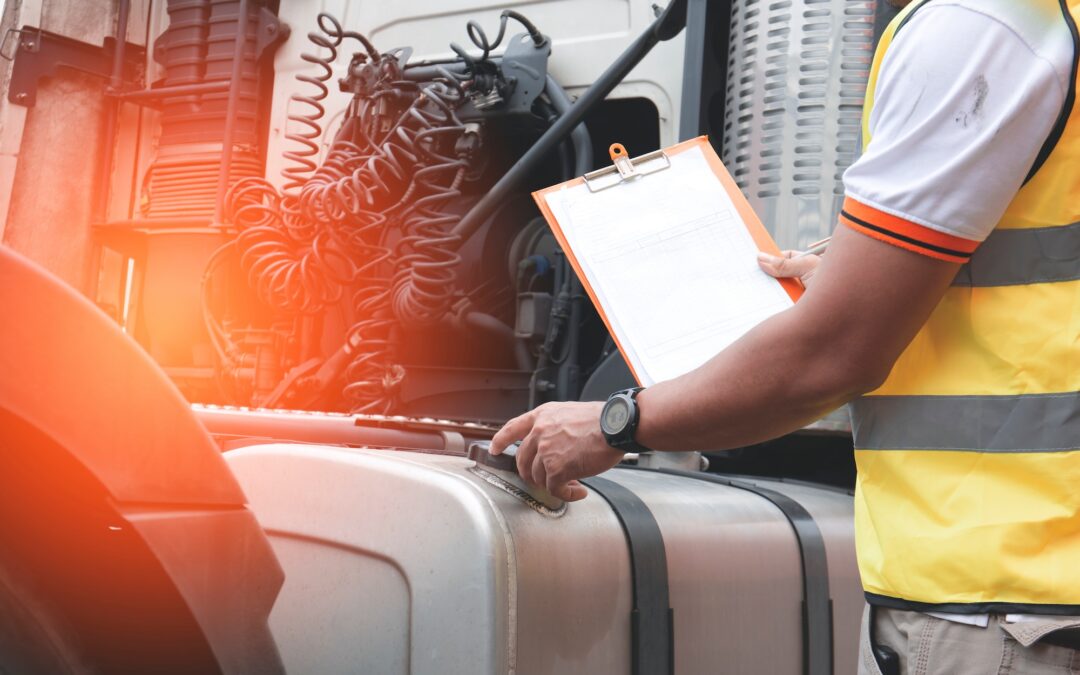DOT- Roadside Inspections are preventive measures required for drivers of commercial motor vehicles. They can take place anywhere and at any time. These inspections are designed to protect commercial drivers and drivers of all other types of vehicles. There are six different levels of inspections. Drivers must be prepared for the inspections by having their truck in good working condition and ensuring all documents are in order.
Discussion Points:
• What are DOT- Roadside Inspections?
• 6 levels of inspections
• Know what to expect during the inspections
• Violations can result in revocation of driver privilege
• Be prepared to pull over at any time for an inspection
Discussion:
The Federal Motor Carrier Safety Administration (FMCSA) defines roadside inspections as “the examination of commercial motor vehicles and/or drivers by Motor Carrier Safety Assistance Program (MCSAP) Inspectors.” The purpose of the inspections is to ensure that trucks and buses are fully up to code. Inspection Levels 1-3 are the most widely performed, drivers must know what to expect during each inspection level, and they should anticipate being pulled over
anywhere on the road or at weigh stations.
Level 1 – The North American Standard Inspection is the most common and comprehensive level of the DOT – Roadside Inspections. During this inspection, the officer may inspect different parts of the vehicle and driver-related items.
Level 2 – Walk-Around Driver and Vehicle Inspection is similar to Level-1 inspection, except the officer will perform the inspection without physically getting under the vehicle.
Level 3 – Driver-Only Inspection focuses on driver-related items.
Level 4 – Special Inspections are a one-time inspection of specific vehicle features.
Level-5 – Vehicle-Only Inspection usually occurs after an incident or after the driver is arrested. The driver is not present during this inspection.
Level-6 – Enhanced NAS Inspection is for radioactive shipments.
A DOT violation of any kind can result in the revocation of driver privileges. This will be in place until special conditions are met. Some of the most observed violations include failure to use seatbelts while operating a CMV, violations of record duty status, failure to provide ELD instruction sheets, operating a property-carrying vehicle without a medical certificate, and operating a CMV without a valid CDL.
As always, stay safe out there!


Recent Comments